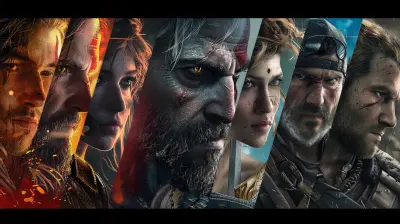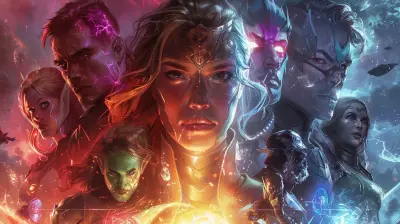Dark Secrets Hiding in Beloved Game Worlds
27 September 2025
Gaming has always been about fun, right? Whether you're racing through lush fantasy forests, building empires, or surviving zombie apocalypses, it’s all supposed to be good-natured entertainment. But what if I told you that some of the games we hold closest to our hearts have much darker undertones hiding just beneath the surface?
Gaming worlds are often bigger than they appear. We may get lost in their charm and complexity, but if you slow down, dig deep, and really look around... you might uncover something twisted, something chilling. Ready to peel back the curtain?
Let’s dive into some eerie, unsettling secrets that lurk quietly within our favorite game worlds.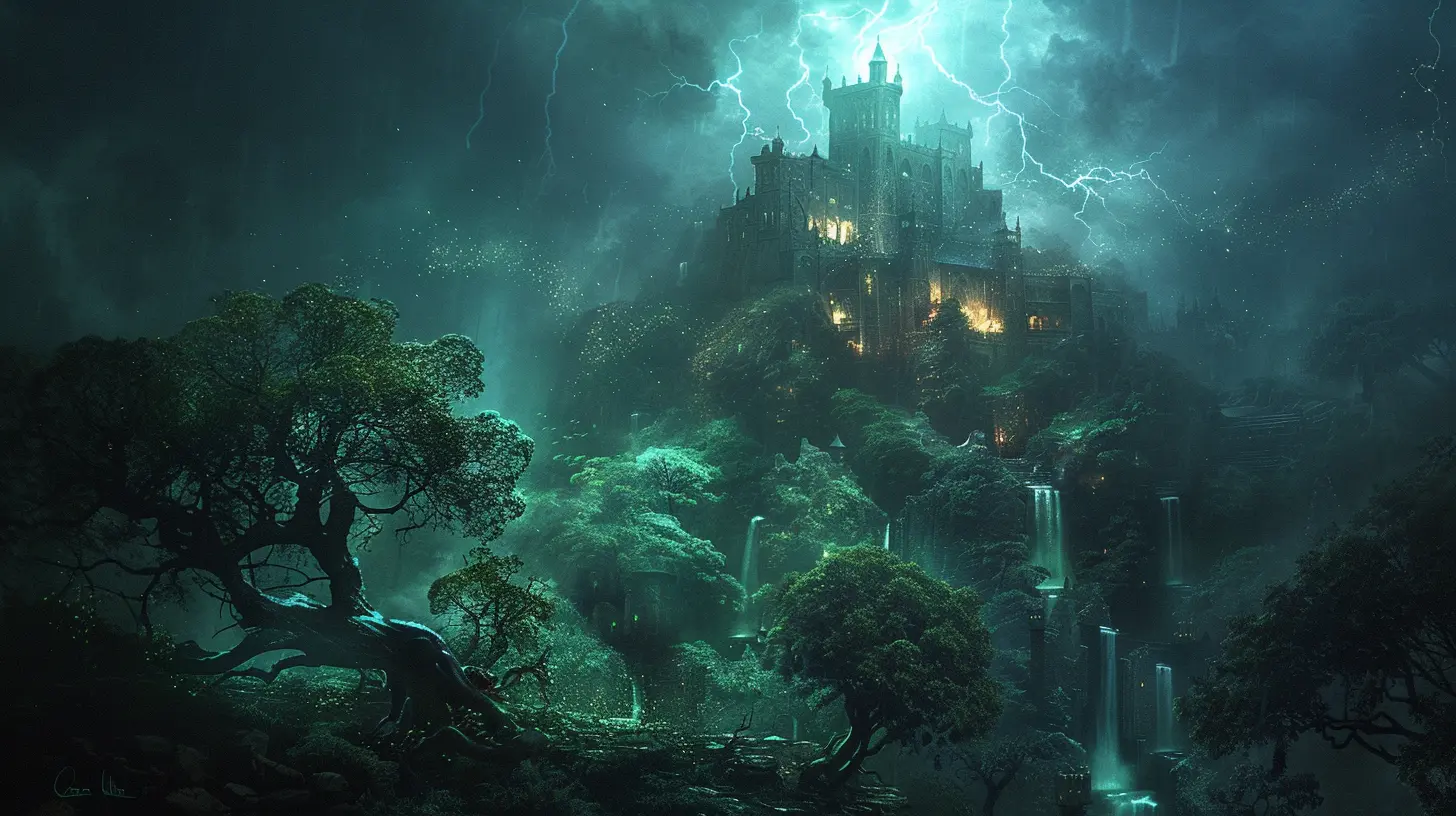
The Whispers Beneath Hyrule – The Legend of Zelda
When you think of Zelda, you probably imagine adventure, courage, and epic music. But Hyrule holds some seriously creepy secrets.Take Majora’s Mask, for instance. The entire game is steeped in dread. The moon—resembling a nightmare with a face—is falling. You have only three in-game days to stop it. That’s stress-inducing enough, but there's more. Pay attention to the way characters act. They’re scared, resigned to their fate, and even when you save them, the timelines reset, erasing hope.
Then there’s the infamous "Ben Drowned" creepypasta. While not canon, it speaks volumes about how deeply unsettling this universe can feel. The eerie music, distorted visuals, and the idea of a haunted cartridge? Absolutely chilling. It’s not just nostalgia—it’s a psychological trip.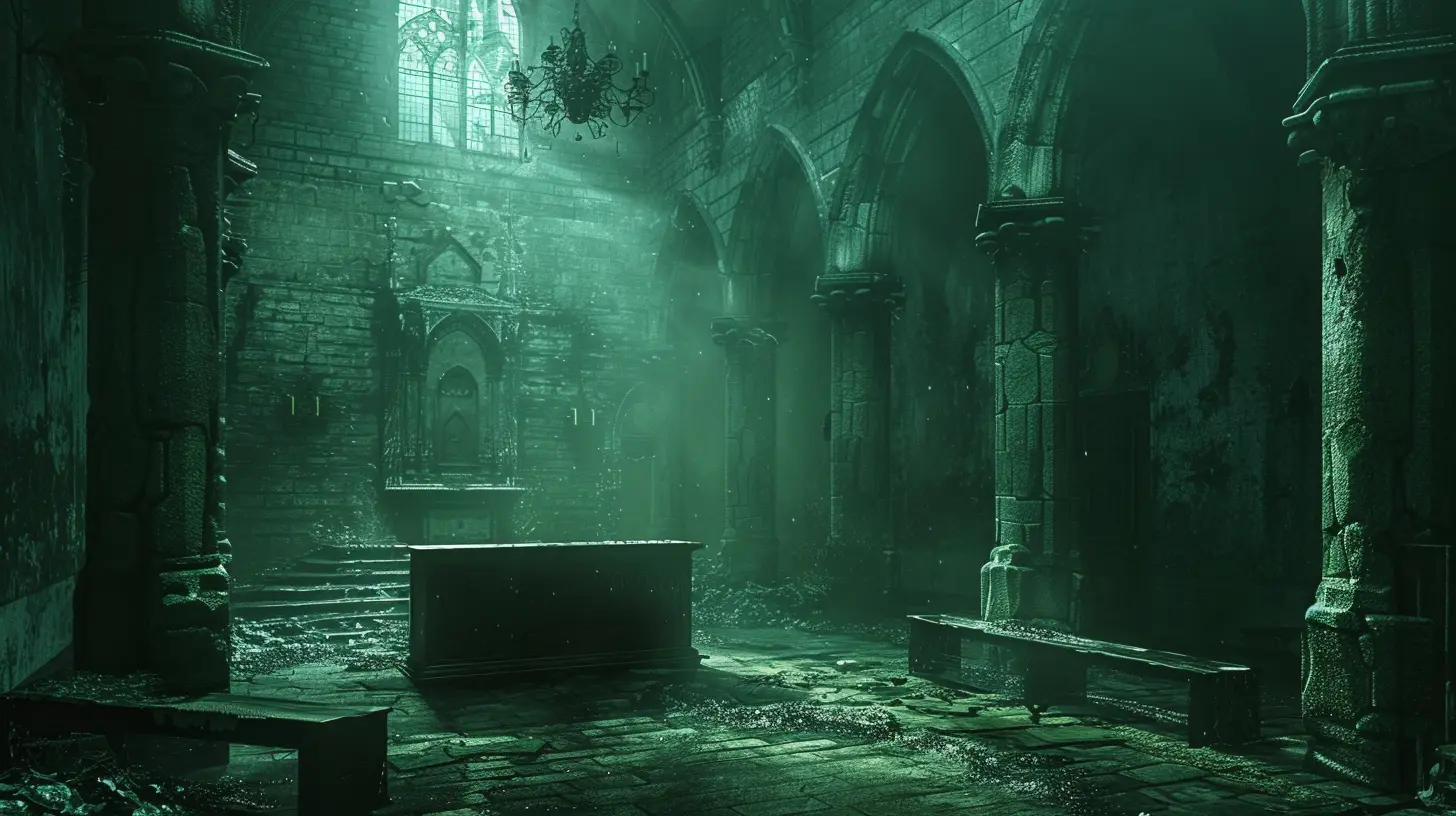
Rapture's Dystopia – BioShock
BioShock is anything but subtle about its darkness, but its true horror goes deeper than the action-packed gameplay. The utopia-turned-dystopia of Rapture is terrifying not just because of its mutants and violence, but because of how easily it mirrors real-life ideals gone wrong.Built on the ideas of total freedom and self-reliance, Rapture was supposed to be a paradise. But with no moral compass or regulation, it became a hellhole. The mind control twist involving the phrase “Would you kindly?” is one of gaming’s most disturbing moments—stripping away your free will and making you question the entire journey you've taken.
The haunting ambiance, journal entries, and propaganda scattered throughout Rapture? They're more than just background flavor—they're a deep dive into broken dreams and warped ideologies.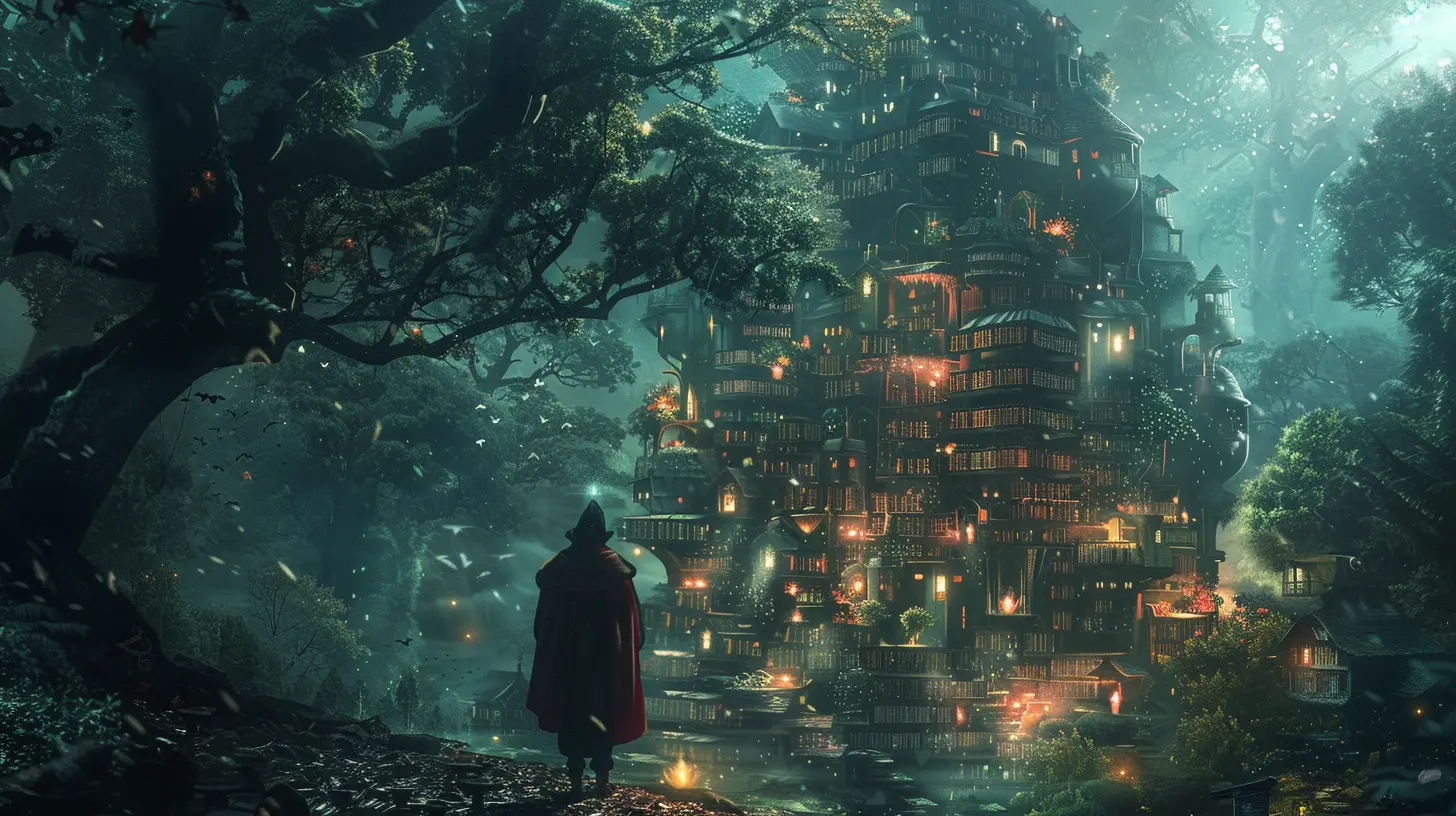
Pokémon’s Deceptive Innocence
Cute creatures, upbeat music, and friendship... What could possibly be dark about Pokémon?Start with Lavender Town in Red and Blue. That music? Unsettling, even decades later. The ghost-filled Pokémon Tower still haunts older players. There are theories galore, including the creepy “Lavender Town Syndrome” rumor, which claims the music caused strange behavior in kids. While totally debunked, it shows how impactful sound design can be.
And let’s talk about the Pokédex. Ever read the entries closely? Some are pure nightmare fuel. Like Drifloon—it's said to steal children. Or Cubone, who wears the skull of its dead mother. That’s not adorable—that’s horrifying.
Pokémon hides its tragedy well, but once you see it, you can’t unsee it.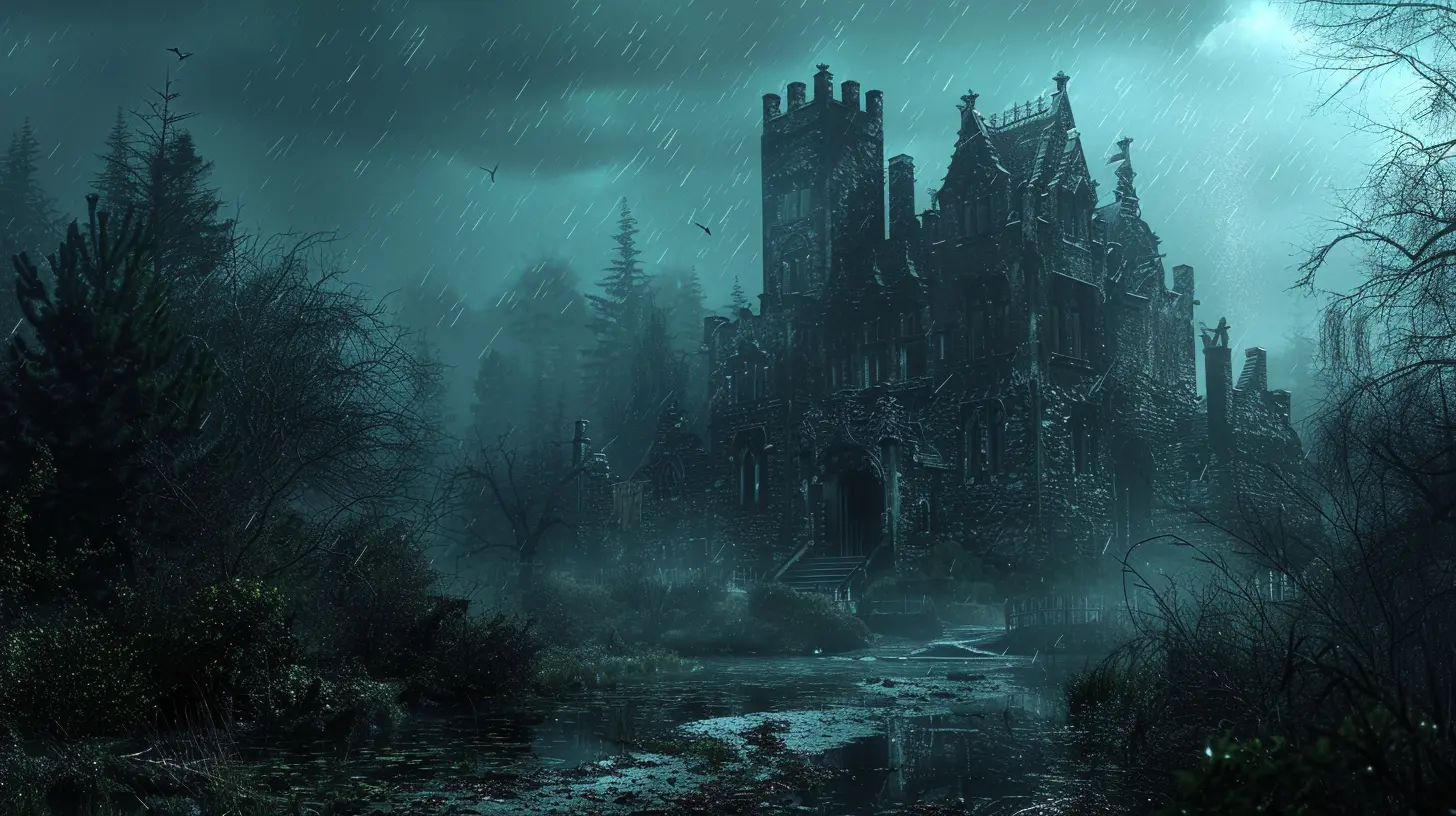
The Silent Screams of Animal Crossing
Wait… Animal Crossing? The chillest game ever?Sure, on the surface it's all about fishing, decorating, and chatting with cute villagers. But dig in, and there's definite weirdness.
First off, Tom Nook. That raccoon has you in a lifetime of debt. He’s always smiling, but you can’t help wondering if you're in some capitalist trap. No matter how much you pay, there's always more to owe.
Also, why are you the only human in a world of animals? It’s never explained. Some fans theorize that the game's world isn't a village—it's purgatory. And Sahara, the mysterious camel, sells "mystery walls" and "floors" that resemble unsettling environments like padded cells or prison corridors. Hmm.
It's all cute… until you start asking questions.
The Dark Underbelly of Minecraft
Now, Minecraft? That’s your digital sandbox. Build, survive, repeat. No story, no problem, right?But have you heard of Herobrine?
The legend started from a simple screenshot: a Steve-like character with white, empty eyes. Players claimed he stalked them, moved blocks on his own, or watched from a distance. Mojang insists he was never in the game, but they’ve kept the mystery alive by cheekily listing “Removed Herobrine” in patch notes.
Beyond Herobrine, Minecraft itself becomes eerie in its silence sometimes. Those random cave noises? They’ll send shivers down your spine when you're deep underground. And those abandoned mineshafts? Who built them? Where did they go?
It’s a lonely world. And sometimes, it feels like you’re not really alone.
Elden Ring and Hidden Horrors
Elden Ring is beautiful, vast, and utterly brutal. But if you’re only focused on the combat, you're missing an entire layer of grim storytelling.The game’s lore, carefully laced into item descriptions and cryptic NPC dialogues, is filled with unsettling tales. There's betrayal, rot, madness, and cosmic horror. The Scarlet Rot isn’t just a game mechanic—it’s a metaphor for decay, corruption, and loss of humanity.
Why are so many characters disfigured? Why do the gods fall? Why does everything feel so broken?
Because the world is beyond saving. You’re not the hero. You’re just another player in a crumbling system.
The Subtle Sadness of Final Fantasy VII
Final Fantasy VII is one of the most beloved games ever, but at its core is a narrative about loss, trauma, and environmental collapse.Cloud isn’t a typical hero—he suffers from identity issues and PTSD. The game explores corporate greed through Shinra, environmental destruction via Mako energy, and loss through the death of Aerith.
And Sephiroth? He’s not just a villain. He’s a tragic figure created through manipulation and experimentation. The deeper you go into the game’s backstory, the heavier it becomes.
For all its bright visuals and chocobos, this is a game steeped in mourning and broken lives.
The Haunting Reality of Inside
If you’ve never played Inside, consider this your spoiler warning.This indie game is a side-scrolling platformer, silent in dialogue but screaming in atmosphere. You play as a boy running from soldiers, dogs, and strange experiments. But the world? It’s dark, both visually and narratively.
By the end, you realize you were being manipulated into joining a horrible mass of flesh called the Huddle. The real kicker? Some players think you were never in control at all. That the game itself was guiding you toward a horrifying climax, without giving you a choice.
It’s short, but man, does it leave a scar.
The Forgotten Past of The Elder Scrolls
Skyrim may be epic and open-ended, but its world hides plenty of disturbing tales—if you’re willing to read the books, letters, and carvings scattered around.There are dark cults, forbidden rituals, forgotten gods, and horrifying daedric powers. The questline of the Dark Brotherhood alone is a deep dive into moral ambiguity and targeted assassination.
And what about the Dwemer? This ancient, hyper-intelligent race vanished without warning. No explanations. Just gone. Their cities still function, but no one's home. Where did they go? What did they do?
The game doesn't explain everything—and that's the point. Sometimes the unknown is the most terrifying thing of all.
What These Dark Secrets Tell Us
So, why do these beloved games contain such dark elements? Why not keep things light and carefree?Because darkness adds depth. Life isn’t just joy and success—it’s fear, uncertainty, loss. Great games mirror that. They give us something to think about long after we’ve powered off the console. They reflect the shadows of our own world.
Sometimes, the darkest corners are where the most compelling stories lie.
Final Thoughts
Next time you boot up your favorite game, pay attention. Look beyond the action, the colors, the humor. There's always more beneath the surface. Sometimes it's just a creepy easter egg. Other times, it’s a philosophical gut-punch hiding in plain sight.These dark secrets won’t ruin your favorite games—in fact, they’ll probably make you appreciate them more. Because just like in real life, the light stands out best against the dark.
So… Are you still sure you want to see what’s behind that door in your next playthrough?
all images in this post were generated using AI tools
Category:
Game LoreAuthor:

Luke Baker
Discussion
rate this article
1 comments
Landon McMillan
Every beloved game world hides shadows beneath its vibrant surface. Embrace the unsettling truths; they add depth to our adventures! Ignoring these secrets only diminishes the immersive experiences we cherish. Let’s uncover the darkness!
October 5, 2025 at 2:23 PM

Luke Baker
Absolutely! Embracing these hidden depths enriches our understanding and appreciation of the game worlds we love. Let’s delve into the shadows together!
